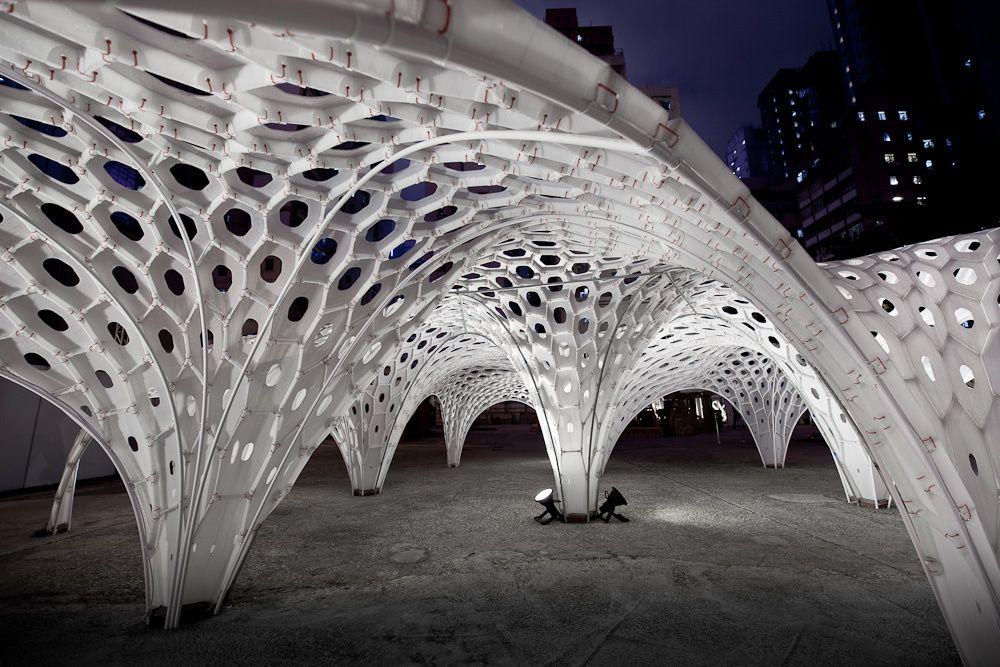Emergence of Additive Manufacturing
Additive manufacturing (AM), also known as 3D printing, has seen tremendous growth over the past decade. First developed in the 1980s, AM techniques have advanced to the point where functional parts can be fabricated directly from digital designs. Rather than traditional subtractive techniques that remove material, AM builds up three-dimensional objects by adding successive layers of material under computer control. This enables the fabrication of complex geometries that would be difficult or impossible to produce through conventional machining. AM has given designers and engineers unprecedented freedom in product development.
Improved Materials and Process Capabilities
In the early days of AM, the main techniques and materials were stereolithography using liquid resins and fused deposition modeling with plastics like acrylonitrile butadiene styrene (ABS) and polylactic acid (PLA). While these are still commonly used today, newer technologies and broader material choices have expanded the applications for AM. Technologies like multi-jet fusion, binder jetting, and selective laser sintering now enable the production of metal, ceramic, composite and multimaterial parts. Critical engineering materials like titanium alloys, nickel superalloys, and stainless steels can be processed to produce functional prototypes and production parts with mechanical properties equivalent to traditional manufacturing methods. New material formulations also allow for properties like electrical conductivity in AM parts. Combined with size enlargement of AM machines, these developments remove limitations on design and engineering possibilities on Digital Fabrication.
Benefits for Customization and Supply Chain Agility
One of the transformative aspects of AM is its ability to accommodate mass customization and on-demand manufacturing. With traditional methods, set-up costs and long lead times make low-volume or single-part production cost prohibitive. AM radically changes that economic calculus by enabling viable production of individual parts or small custom batches. This opens new possibilities across industries as varied as aerospace, medical technology, consumer products and more. For original equipment manufacturers, AM supports more agile supply chains by reducing dependence on overseas manufacturing and enabling distributed localized production. Spare parts can be 3D printed on-site or shipped quickly as needed rather than warehoused. In emergencies like the COVID-19 pandemic, ability to respond rapidly with customized medical parts production was critical.
Impact on Design Philosophies
Perhaps the most profound effect of AM is changing how engineers and designers conceptualize and create products. No longer constrained by the limitations of traditional manufacturing methods, they can adopt a new "Design for Additive Manufacturing" philosophy. Complex internal structures become possible to optimize performance criteria like strength, stiffness and weight reduction through topology optimization design tools. Lattice structures provide strength with minimal mass. Nested assemblies requiring dozens of parts can now be 3D printed as single integrated components - simplifying production and assembly. New designs emerge that were previously considered impossible. As AM matures, more industries will realize its full potential to reinvent products for unprecedented functional integration and sustainability through innovative design approaches.
Environmental and Economic Considerations
While promising many benefits, AM techniques also raise environmental, economic and regulatory issues that require consideration and ongoing improvement efforts. On the sustainability front, analyses show AM can reduce material usage and support lightweight design to decrease energy demands throughout a product's lifecycle compared to conventional manufacturing. However, AM processes themselvesconsume substantial energy for building operations. Choosing optimal machines, process parameters and recycling approaches seeks to lower these impacts. Economically, high initial capital costs and slow throughput rates of current technologies prohibit AM from replacing all conventional production. But as the field progresses, these are declining barriers. Regulatory standards and qualification protocols also need advancement to expand certified AM production across safety-critical sectors like aerospace and medical devices on an industrial scale. Overall, a balanced perspective recognizes AM's transformative potential if guided responsibly through continued technological and policy developments.
In summary, digital fabrication through additive manufacturing is revolutionizing design, engineering, and production across industries. Broader materials choices, larger machine scales, and new applications push the boundaries of what is possible through manufacturing. Supply chains become more agile and customized for small batch or individualized needs. Complex geometries unlock new performance benefits. While challenges remain on multiple fronts, the transformational impact of AM on global manufacturing is clear as both industries and research communities work to accelerate its safe, productive and sustainable adoption worldwide. AM will continue pushing the limits of turning digital designs into physical reality.
Get more insights on Digital Fabrication

